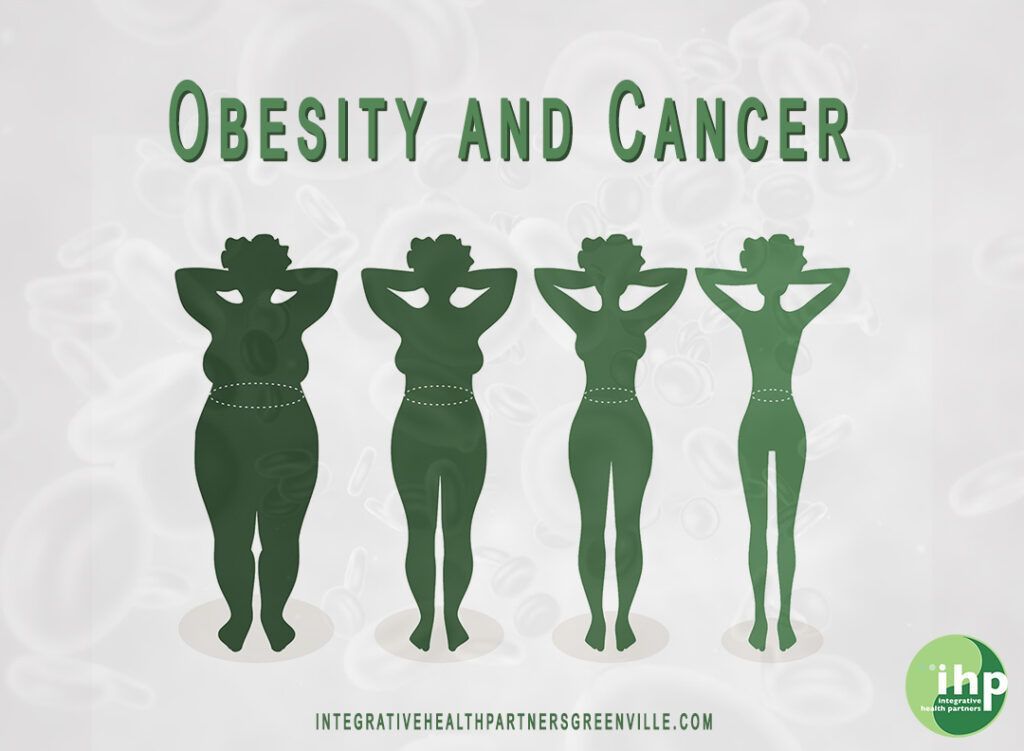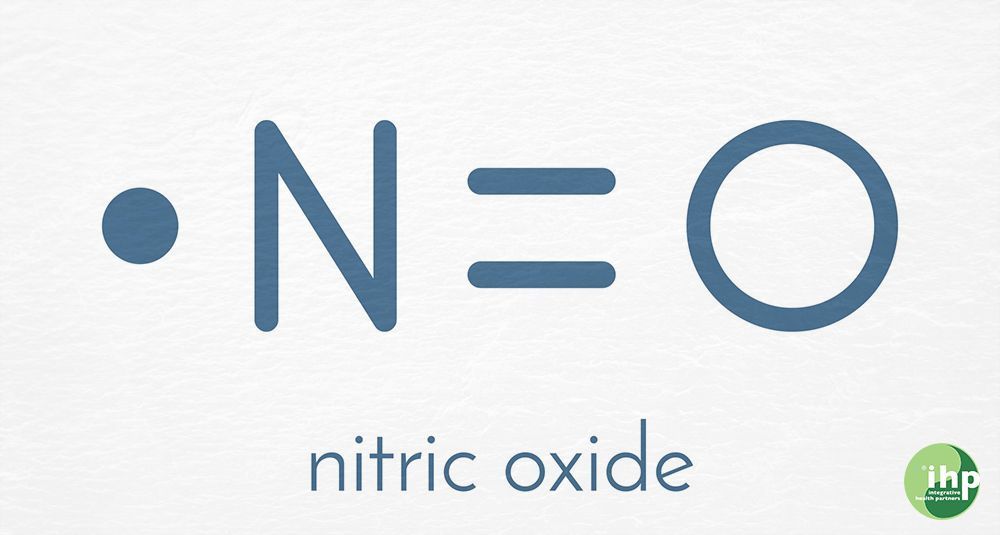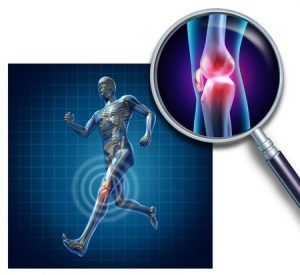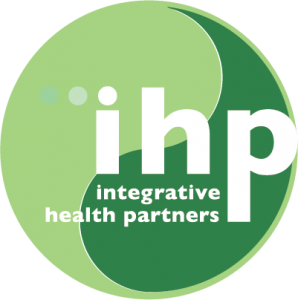Detoxification for Health
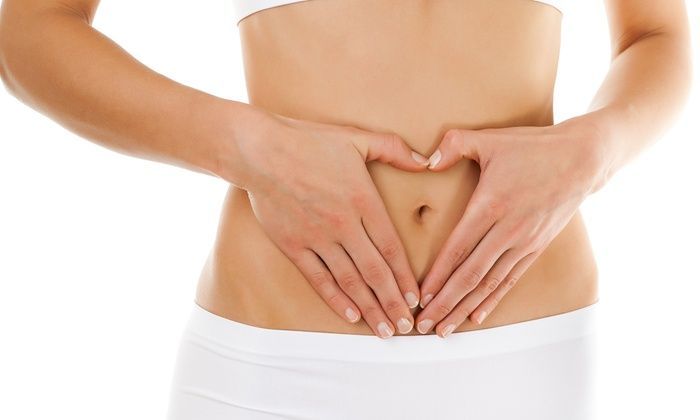
Have you ever tried washing greasy dishes without hot water or dish soap? The dishes didn’t get clean, did they? Similarly, when toxic metals and chemicals (think: food additives) get inside your body, it takes something stronger than just drinking a lot of water to get many of them out. Our modern world is full of toxic chemicals and we are all bio-accumulators of them. A significant number of these toxic chemicals are lipid or fat-soluble and tend to accumulate in the fatty tissues throughout the body. Consequently, additional need to be taken on a daily basis to help our organs eliminate these toxins.
It is hard for us to really grasp the level of toxins we are all carrying around. After all, our primary care doctor has never emphasized it and many of us don’t even feel particularly bad. So how could we be a toxic superfund site? Like it or not, a substantial body of research shows that over 400 synthetic chemicals have been identified in the average human body. Body fat studies show that 48 different chemicals consistently show up in our fat tissue. And at least 40 specific chemicals are regularly found in breast milk, while 73 are commonly found in the liver, and over 250 in blood plasma. Further, it is estimated that globally, a new chemical is synthesized every 27 seconds. It is alarming that less than 5% of these chemicals have even been tested for their safety. Many older environmental chemicals were grandfathered as “generally safe” prior to the current practice of actually testing new chemicals for toxicity.
We tend to think of “environmental toxins” as those resulting from industrial water or air pollution. And indeed many of these are suspected of playing a role in a number of diseases, including cancer, arthritis, weakened immune system, autism, fibromyalgia, cardiovascular diseases, Alzheimer’s and many more. However, the increased use of chemicals in our food supply, from farming to food additives, has created another source of chemicals implicated in a variety of health conditions. Consequently, many functional medicine doctors believe that the process of cleansing and detoxification is one of the most powerful therapies available to rid your body of these harmful chemicals.
Many people wonder whether detoxification is really necessary or just a lot of hype. In answer to that question, it is worth noting that throughout human history there has always been a need for detoxification. This is why you have a liver and kidneys, they are always working to get rid of chemicals that can damage cells, organs, and genetic tissue. The danger of an accumulation of cellular toxins is their ability to cause a wide array of adverse health conditions, including cancers. This was understood even in ancient times, when the toxic burden was nowhere near as high as it is today. Age-old practices such as fasting, herbal preparations, and saunas are a reminder of this traditional awareness of the need to purge toxins. These techniques are just as valid today as they were thousands of years ago.
Though they go by various names, all approaches to clearing toxins from our system currently fall under the umbrella term “detoxification”. In the 1800s U.S. and European medical practitioners referred to the toxin clearing process as “drainage”, which recognized the need to drain out toxic substances through the liver and kidney pathways. Many botanical products (herbs) still in use today for this purpose assist these drainage pathways to usher out toxins from the body. So in addition to restricting what you put into your body and giving your digestive tract a rest now and then, plant based remedies are still a very effective way to assist your liver and kidneys in the detoxification/drainage process. Some of these substances also have the ability to pull out stubborn toxins like mercury, lead, and other metals. You might be surprised to learn that calcium is a metal, which, in excess, can clog up many systems in the body, the most notable being the arteries of the heart. And many cancer patients dealing with post-chemo neuropathy can be effectively treated with plant extracts that pull out residual platinum left behind by certain chemotherapeutic drugs. The use of substances that bind to metals is typically referred to as chelation therapy. Pharmaceutical companies have developed synthetic agents to perform this process in a very aggressive manner, however, the low-and-slow approach is often easier on the body and has less side effects. Somewhere in the middle lie the nutraceutical substances, which include alpha-lipoic acid, sulfur-bearing amino acids found in garlic and garlic extracts, alginates, pectins, and the sulfur-based amino acids, N-acetylcysteine and cilantro. These can be effective adjuncts and many play other life enhancing roles in addition to their detoxification benefits.
Sauna baths and steam rooms have long been used for removing systemic toxins through the skin, which has been referred to as the largest detoxification organ in your body. Skin also has the distinction of being the most effective organs of elimination; even heavy metals can be released through the skin’s pores when we sweat. Research confirms that a sweating session can discharge a large amount of toxins in one sitting. Sweat has been found to contain more toxins than urine and it has been documented that our skin’s sweat glands can perform as much detoxification as one or both kidneys. In western culture the tradition of steam and sauna baths goes back to the famous Roman Baths and beyond. And saunas have been an integral part of life in Finland for over 2000 years. One of the first written descriptions of the Finnish Sauna was in 1112. This tradition has also been well documented in Russian culture and other parts of Europe and Africa. East Asia also has a well documented use of steam baths. Chinese emperors regularly sat in steam cabinets that additionally incorporated the use of herbal formulas cooked in the bath water. And here in America Native American sweat lodges used steam and heat to help purge toxins from the body and maintain a high level of physical vigor.
Although all the above mentioned detoxification methods are highly effective, the most effective means of detoxification is to use all of these methods in an overall program of detoxification. Unfortunately, the idea of “doing a detox” has come to mean only doing things that support the organs of detoxification now and then. There are many “10 day detox” programs available or you might hear someone say they are “detoxing this weekend”. And although taking time to do a more strenuous detoxification program can be an enhancement, in our current environment of high toxin exposure your body needs active assistance to drain out poisons on a regular basis. So the best “detox” is an ongoing plan that adopts the “low-and-slow” approach and utilizes multiple methods on a rotating basis. If you would like personal guidance on creating a detoxification program suitable for your circumstances please feel free to contact us.
